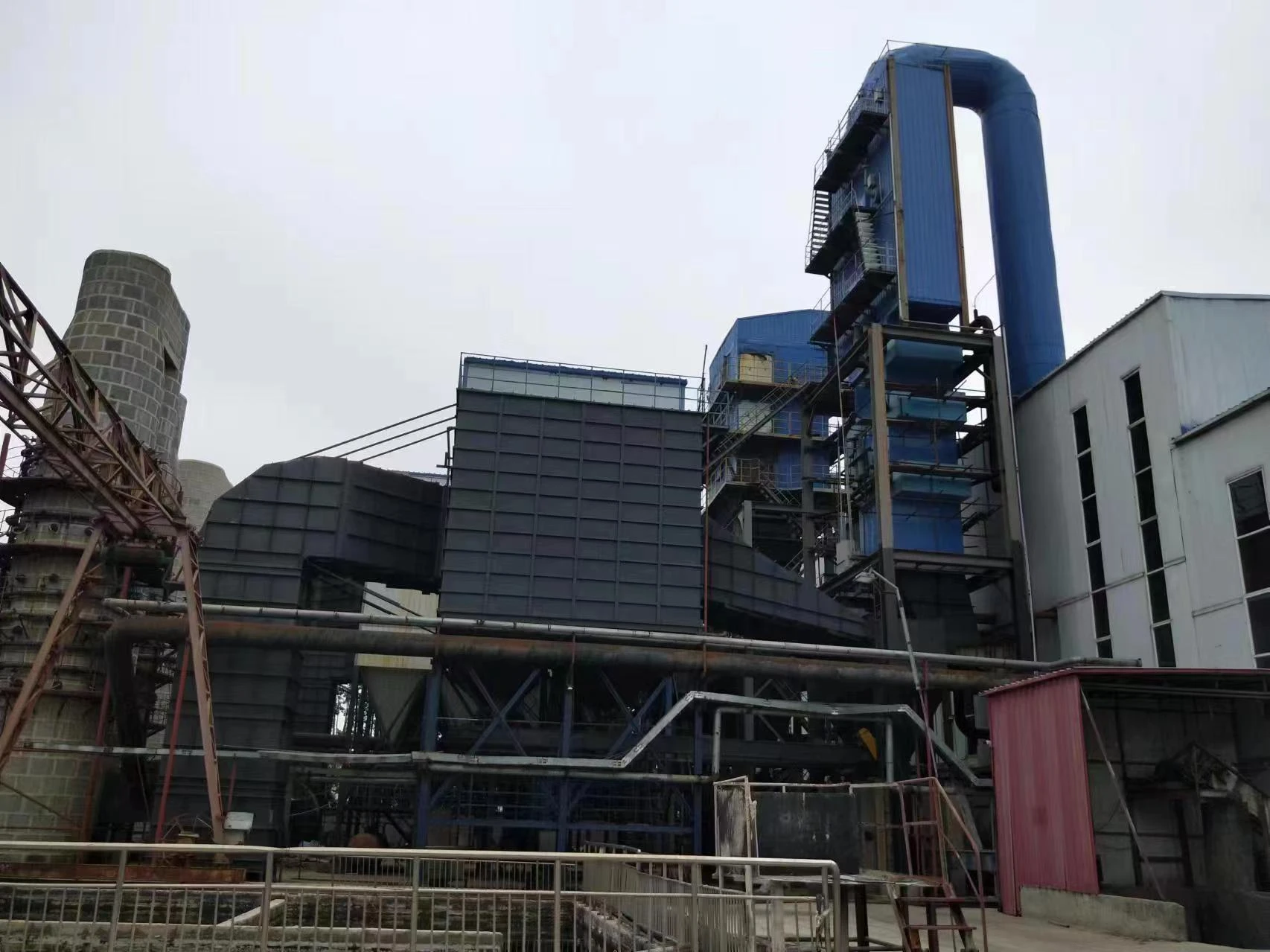
ফেব্রু. . 17, 2025 20:58 Back to list
biomass fired steam boiler
Steam boilers, vital components in various industrial systems, epitomize the essence of thermal energy transfer and mechanical efficiency. Understanding their diagrams presents a fascinating journey into a realm of heat, pressure, and controlled chaos, driving the pulsating heart of many industrial operations. This article explores the intricate world of steam boiler diagrams, delivering unmatched expertise, authoritative insights, and trustworthy information, aiming to enhance your understanding and SEO knowledge regarding this critical topic.
Superheaters, often illustrated adjacent to steam outlets, further refine steam quality by removing excess moisture and increasing temperature. This process, shown explicitly in diagrams, reflects a deeper level of expertise, illustrating how superheated steam increases thermal efficiency and machinery longevity. Understanding this aspect is crucial for operators seeking to optimize performance and minimize maintenance costs. Trustworthiness in steam boiler operations hinges on understanding control systems embedded within the schematic representations. Components like pressure gauges, safety valves, and automated controllers are depicted strategically, ensuring operational safety and regulatory compliance. These elements, though less conspicuous, are vital for preventing overpressure scenarios, frequently highlighted as a focal point in authoritative diagrams. Real-world experience underscores the importance of these diagrammatic details. Operators with firsthand exposure to steam boiler systems often attest to the significance of precise diagram interpretations. For example, in high-stakes industries such as power plants or chemical manufacturing, understanding these diagrams translates directly into operational uptime and efficiency. Product specialists and maintenance crews benefit massively from cogent diagrams, which serve as operational roadmaps and troubleshooting guides. A well-illustrated diagram, rooted in real-world accuracy, becomes an authoritative touchstone, mitigating risks and bolstering trust in boiler performance. These blueprints are integral to developing predictive maintenance routines, underscoring a commitment to operational integrity. In synthesis, a profound understanding of steam boiler diagrams transcends mere technical know-how. It embodies the intersection of applied experience, professional expertise, and risk management. For individuals aspiring to optimize their SEO content around steam boilers, emphasizing these unique insights and authoritative narratives ensures not only enhanced search visibility but also genuine value for industry stakeholders. Whether tackling complex installations or routine audits, the mastery of steam boiler diagrams remains an indispensable cornerstone of industrial prowess.


Superheaters, often illustrated adjacent to steam outlets, further refine steam quality by removing excess moisture and increasing temperature. This process, shown explicitly in diagrams, reflects a deeper level of expertise, illustrating how superheated steam increases thermal efficiency and machinery longevity. Understanding this aspect is crucial for operators seeking to optimize performance and minimize maintenance costs. Trustworthiness in steam boiler operations hinges on understanding control systems embedded within the schematic representations. Components like pressure gauges, safety valves, and automated controllers are depicted strategically, ensuring operational safety and regulatory compliance. These elements, though less conspicuous, are vital for preventing overpressure scenarios, frequently highlighted as a focal point in authoritative diagrams. Real-world experience underscores the importance of these diagrammatic details. Operators with firsthand exposure to steam boiler systems often attest to the significance of precise diagram interpretations. For example, in high-stakes industries such as power plants or chemical manufacturing, understanding these diagrams translates directly into operational uptime and efficiency. Product specialists and maintenance crews benefit massively from cogent diagrams, which serve as operational roadmaps and troubleshooting guides. A well-illustrated diagram, rooted in real-world accuracy, becomes an authoritative touchstone, mitigating risks and bolstering trust in boiler performance. These blueprints are integral to developing predictive maintenance routines, underscoring a commitment to operational integrity. In synthesis, a profound understanding of steam boiler diagrams transcends mere technical know-how. It embodies the intersection of applied experience, professional expertise, and risk management. For individuals aspiring to optimize their SEO content around steam boilers, emphasizing these unique insights and authoritative narratives ensures not only enhanced search visibility but also genuine value for industry stakeholders. Whether tackling complex installations or routine audits, the mastery of steam boiler diagrams remains an indispensable cornerstone of industrial prowess.
Share
Prev:
Latest News
-
Commercial Oil Fired Steam Boilers with GPT-4 Turbo AI
NewsAug.04,2025
-
Coal Fired Thermal Oil Boiler with GPT-4 Turbo Efficiency
NewsAug.03,2025
-
Commercial Steam Boilers for Sale - AI Optimized Efficiency
NewsAug.02,2025
-
Efficient Biomass Fired Hot Water Boiler | AI Heating Solution
NewsAug.01,2025
-
High-Efficiency Gas Thermal Oil Boilers | HPT Models
NewsJul.31,2025
-
Oil Fired Hot Water Boilers Sale - High Efficiency & Affordable
NewsJul.31,2025
Related PRODUCTS
Copyright © 2025 HEBEI HONGZE BOILER MANUFACTURING CO., LTD. All Rights Reserved. Sitemap | Privacy Policy






















